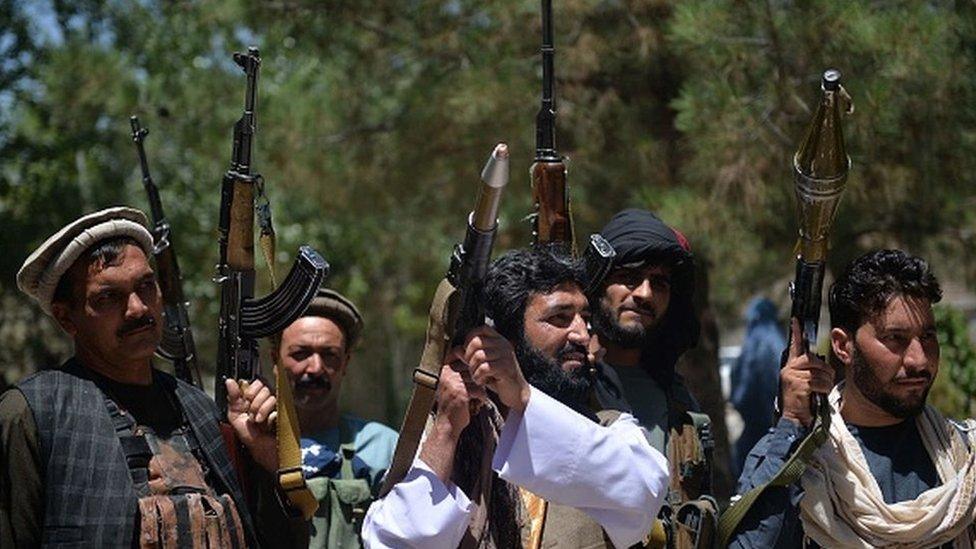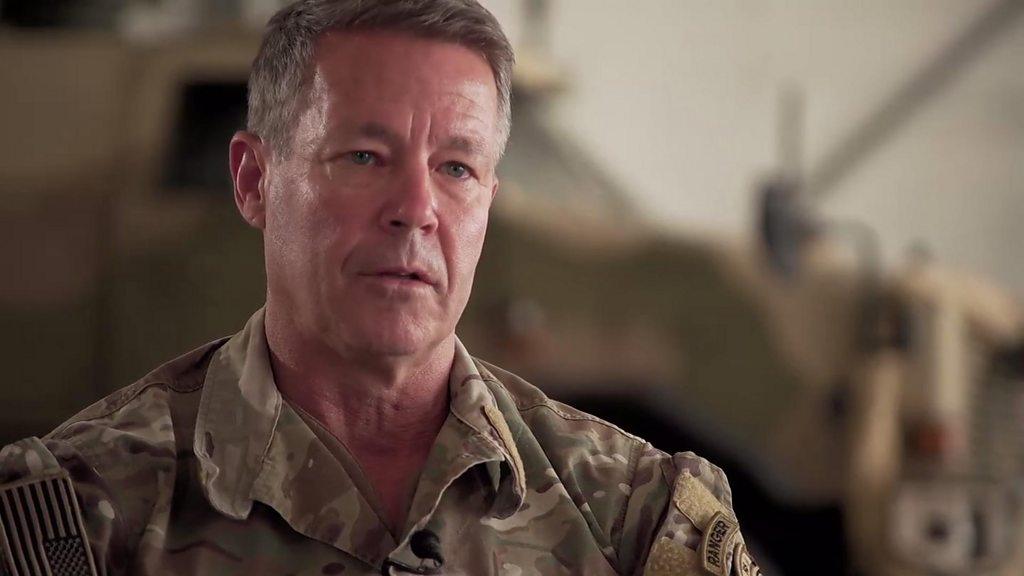US Afghanistan withdrawal: Top commander steps down
- Published
From May: General Scott Miller reflects on the 'emotional' nature of his departure
The top US and Nato general in Afghanistan has formally transferred control as the US-led military mission fast approaches its end after 20 years.
General Austin "Scott" Miller stepped down on Monday, days after President Joe Biden said that US military operations would cease by 31 August.
Other Nato countries, including the UK, have withdrawn nearly all military forces ahead of Mr Biden's US deadline.
It comes as Taliban militants seize more territory throughout Afghanistan.
In a simple ceremony on Monday, Gen Miller handed over his duties to two US generals - one who will oversee US military action from Central Command headquarters in Florida, and one who will command the roughly 650 troops to remain after the official US withdrawal.
"It's important to me to say farewell," Gen Miller told the attendees, who included high ranking Afghan officials, in an emotional final address. "Our job is now not to forget."
Gen Miller was the longest serving officer to oversee Nato and US forces in Afghanistan, which he called "the highlight" of his career.
BBC chief international correspondent Lyse Doucet, who attended Monday's ceremony in Kabul, says his departure underscores how an era has ended - even as the US emphasises support will continue.
"It's going to be far harder for the US and its allies to know what's happening on the ground in Afghanistan, to have decisive impact in areas controlled by the government, and even less, in the growing number of districts where the Taliban now say they're in charge."
The Taliban recently claimed that their fighters have retaken 85% of territory in Afghanistan - a figure impossible to independently verify and disputed by the government. Other estimates say the Taliban controls more than a third of Afghanistan's 400 districts.
US-led forces removed the Taliban from power in 2001. The group had been harbouring Osama Bin Laden and other al-Qaeda figures linked to the 11 September 2001 attacks in the US that triggered the invasion.
President Biden and other US leaders have expressed confidence that the group will not topple the Afghan government in Kabul, though some intelligence analysts fear this could happen, according to an assessment distributed to officials in June.
After Monday's ceremony, Afghan National Security Adviser Hamdullah Mohib told reporters: "There will be no takeover."
Twenty years of conflict in Afghanistan – what happened when?
From 9/11, to intense fighting on the ground, and now full withdrawal of US-led forces, here’s what happened.
9/11
Al-Qaeda, led by Osama Bin Laden in Afghanistan, carries out the largest terror attack ever conducted on US soil.
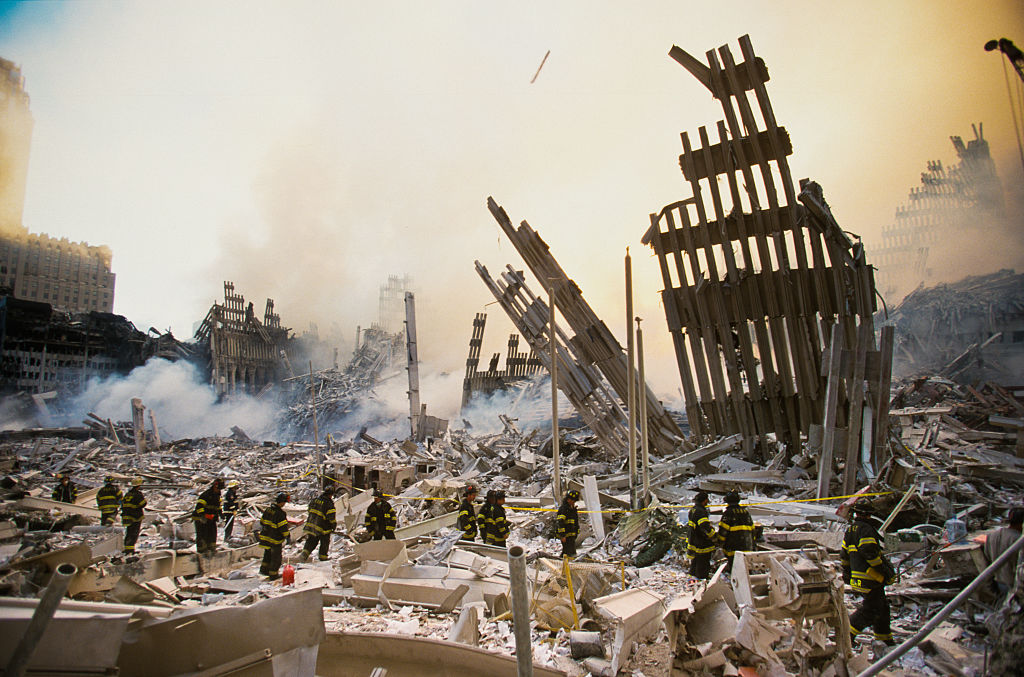
Four commercial airliners are hijacked. Two are flown into the World Trade Centre in New York, which collapses. One hits the Pentagon building in Washington, and one crashes into a field in Pennsylvania. Nearly 3,000 people are killed.
First air strikes
A US-led coalition bombs Taliban and al-Qaeda facilities in Afghanistan. Targets include Kabul, Kandahar and Jalalabad.
The Taliban, who took power after a decade-long Soviet occupation was followed by civil war, refuse to hand over Bin Laden. Their air defences and small fleet of fighter aircraft are destroyed.
Fall of Kabul
The Northern Alliance, a group of anti-Taliban rebels backed by coalition forces, enters Kabul as the Taliban flee the city.
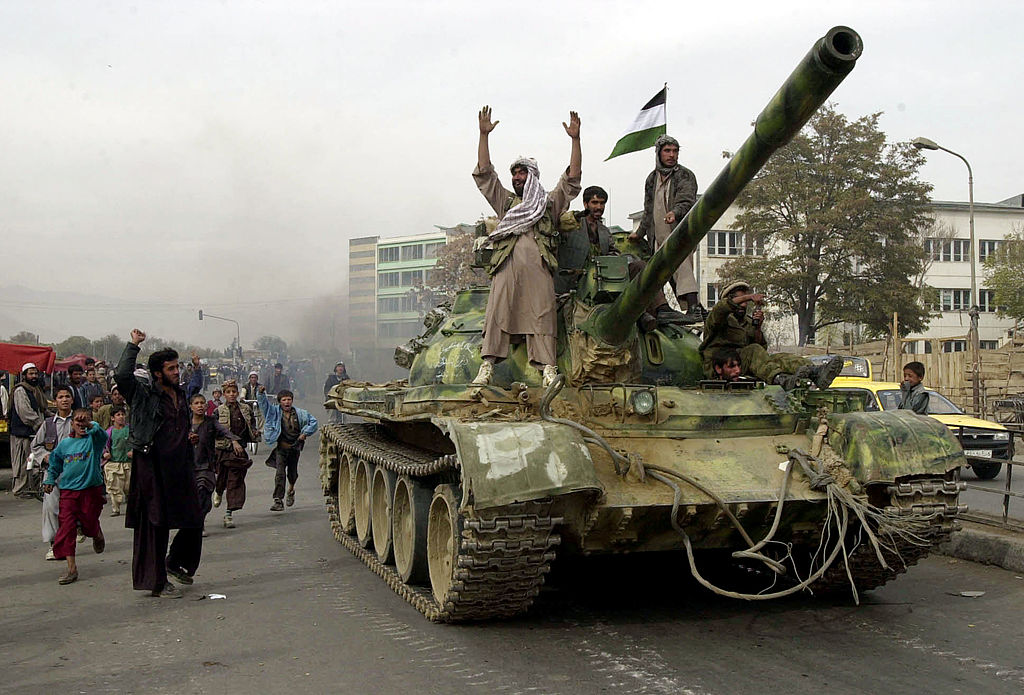
By the 13 November 2001, all Taliban have either fled or been neutralised. Other cities quickly fall.
New constitution
After protracted negotiations at a “loya jirga” or grand assembly, the new Afghan constitution is signed into law. The constitution paves the way for presidential elections in October 2004.
Hamid Karzai becomes president
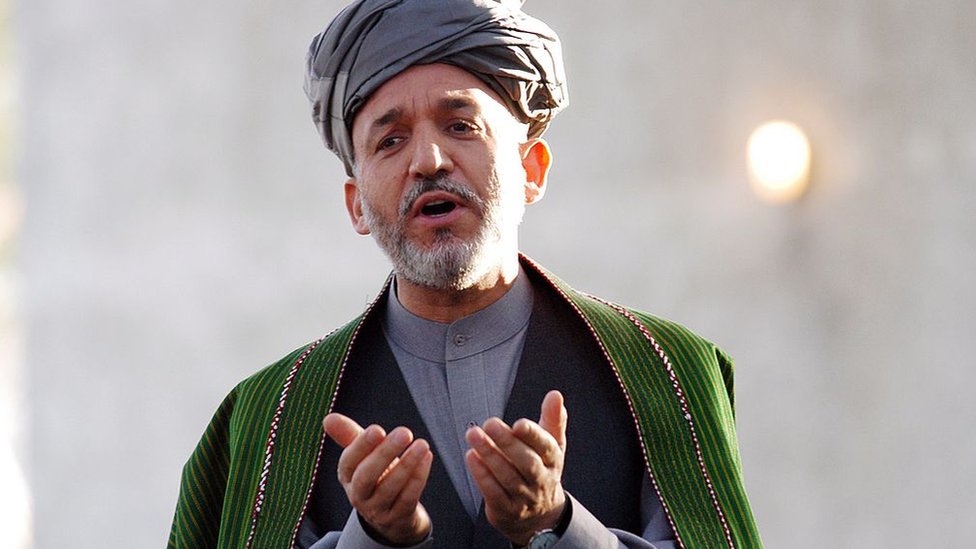
Hamid Karzai, the leader of the Popalzai Durrani tribe, becomes the first president under the new constitution. He serves two five-year terms as president.
UK troops deployed to Helmand
British troops arrive in Helmand province, a Taliban stronghold in the south of the country.
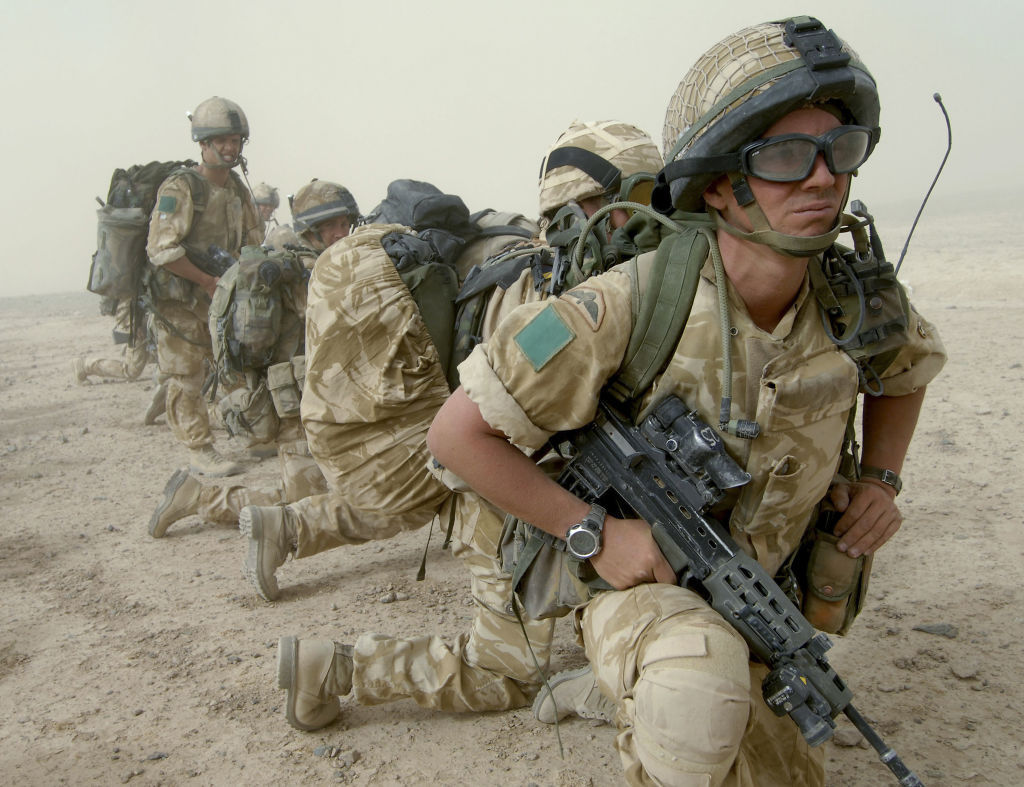
Their initial mission is to support reconstruction projects, but they are quickly drawn into combat operations. More than 450 British troops lose their lives in Afghanistan over the course of the conflict.
Obama’s surge
US President Barack Obama approves a major increase in the number of troops sent to Afghanistan. At their peak, they number about 140,000.
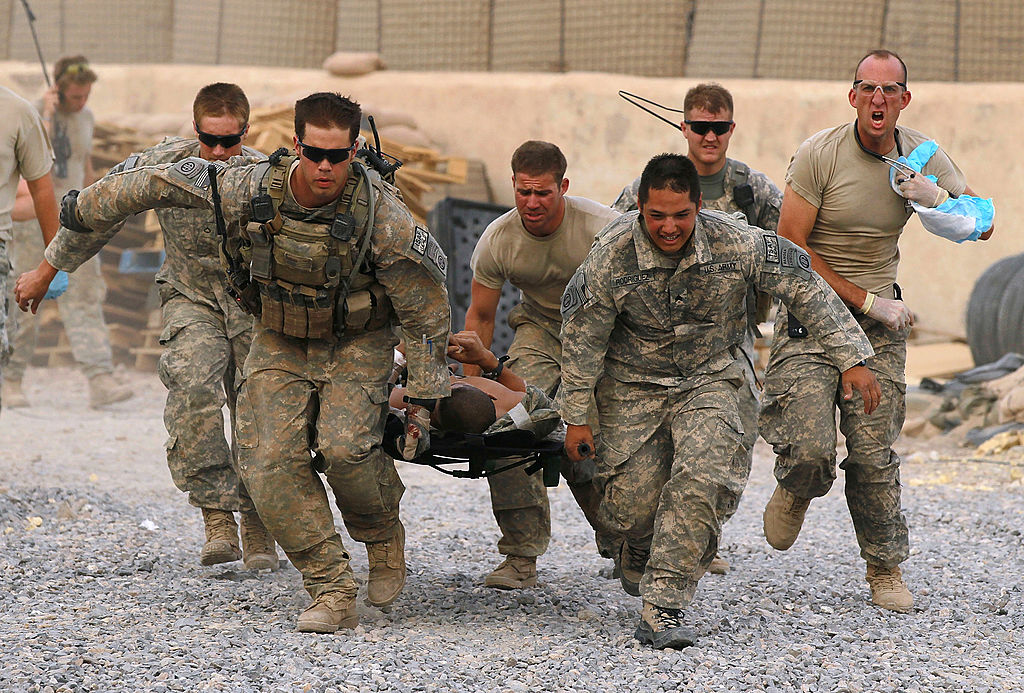
The so-called “surge” is modelled on US strategy in Iraq where US forces focussed on protecting the civilian population as well as killing insurgent fighters.
Osama Bin Laden killed
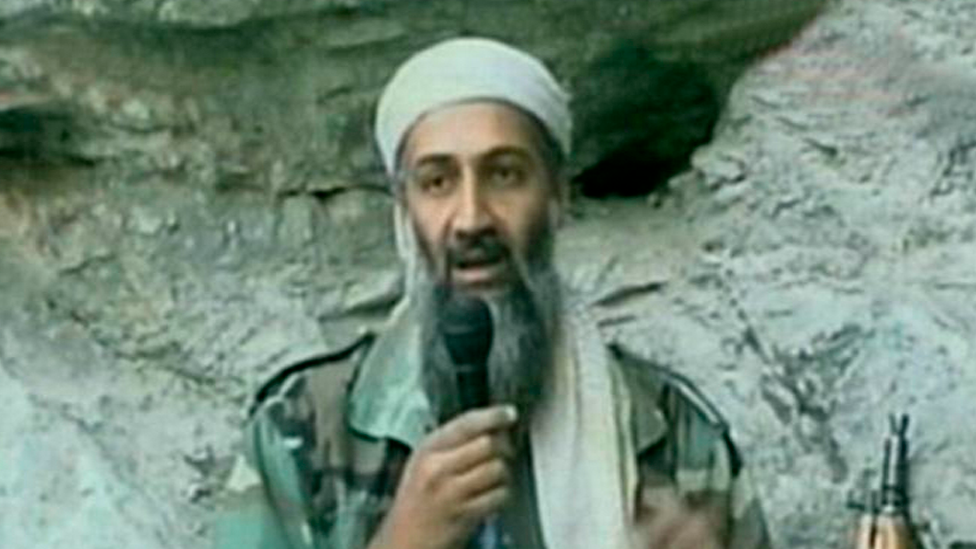
The leader of al-Qaeda is killed in an assault by US Navy Seals on a compound in Abbottabad in Pakistan. Bin Laden’s body is removed and buried at sea. The operation ends a 10-year hunt led by the CIA. The confirmation that Bin Laden had been living on Pakistani soil fuels accusations in the US that Pakistan is an unreliable ally in the war on terror.
Death of Mullah Omar
The founder of the Taliban, Mullah Mohammed Omar, dies. His death is kept secret for more than two years.
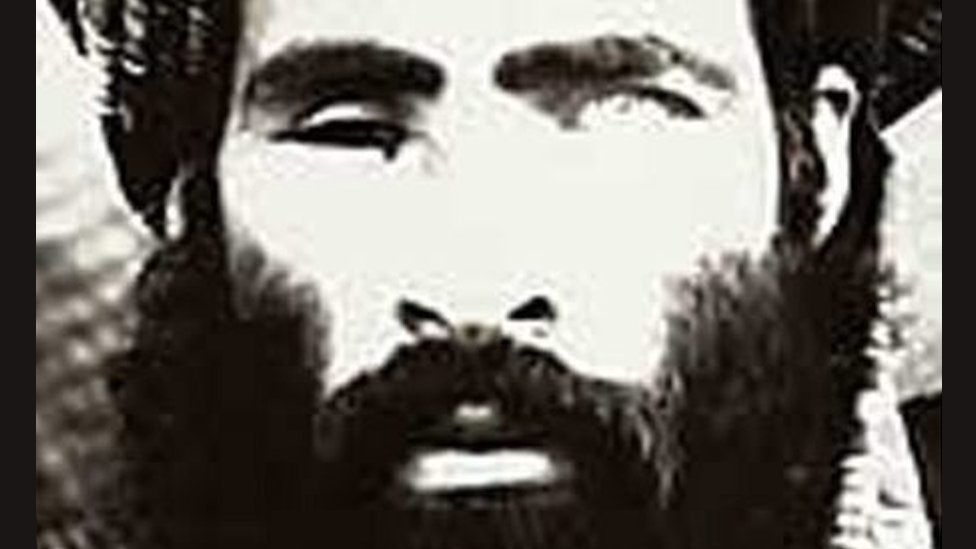
According to Afghan intelligence, Mullah Omar dies of health problems at a hospital in the Pakistani city of Karachi. Pakistan denies that he was in the country.
Nato ends combat operations
At a ceremony in Kabul, Nato ends its combat operations in Afghanistan. With the surge now over, the US withdraws thousands of troops. Most of those who remain focus on training and supporting the Afghan security forces.
Taliban resurgence
The Taliban launch a series of suicide attacks, car bombings and other assaults. The parliament building in Kabul, and the city of Kunduz are attacked. Islamic State militants begin operations in Afghanistan.
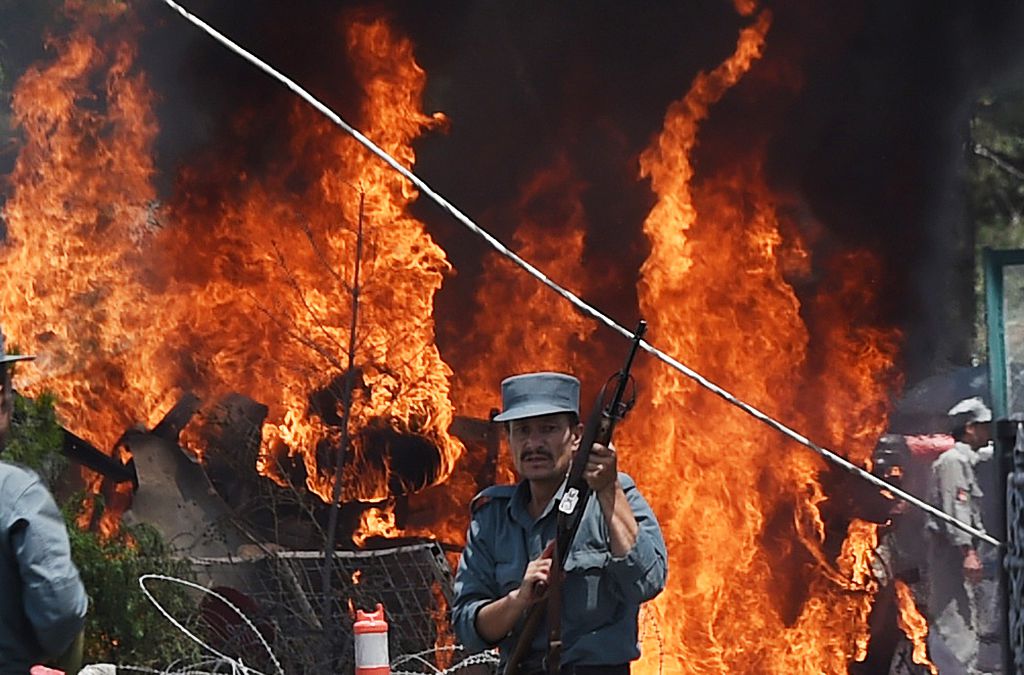
Death toll announcement
Afghan President Ashraf Ghani says more than 45,000 members of his country’s security forces have been killed since he became leader in 2014. The figure is far higher than previously thought.
US signs deal with Taliban
The US and the Taliban sign an “agreement for bringing peace” to Afghanistan, in Doha, Qatar. The US and Nato allies agree to withdraw all troops within 14 months if the militants uphold the deal.
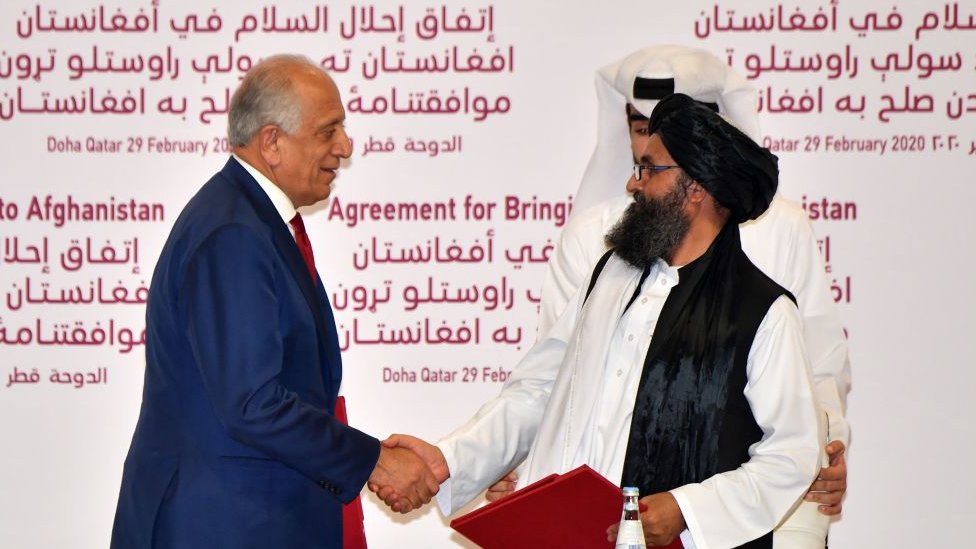
Date for final withdrawal
US president Joe Biden announces that all US troops will leave Afghanistan by 11 September 2021.
Taliban return to power
In just over a month, the Taliban sweep across Afghanistan, taking control of towns and cities all over the country, including Kabul. Afghan security forces collapse in the face of the Taliban advance.
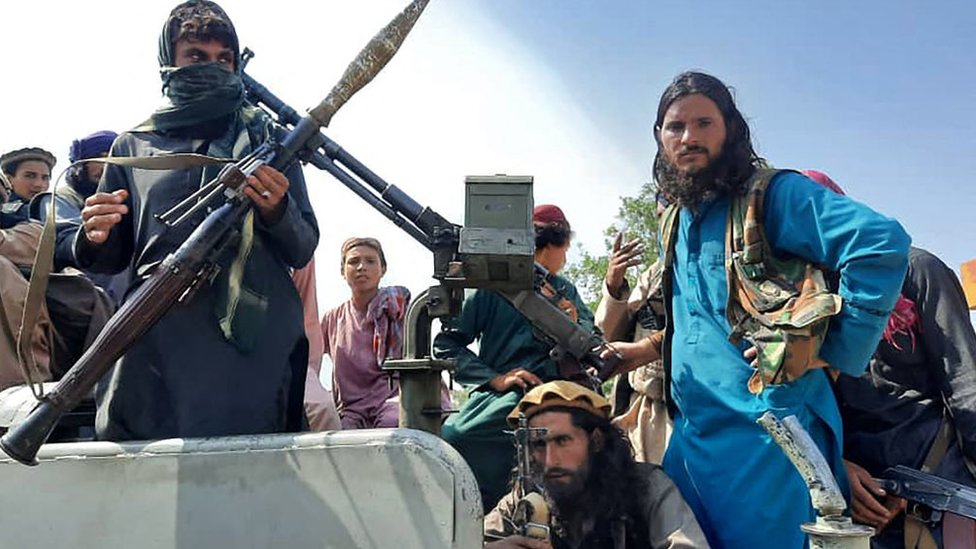

- Published8 July 2021

- Published7 July 2021
